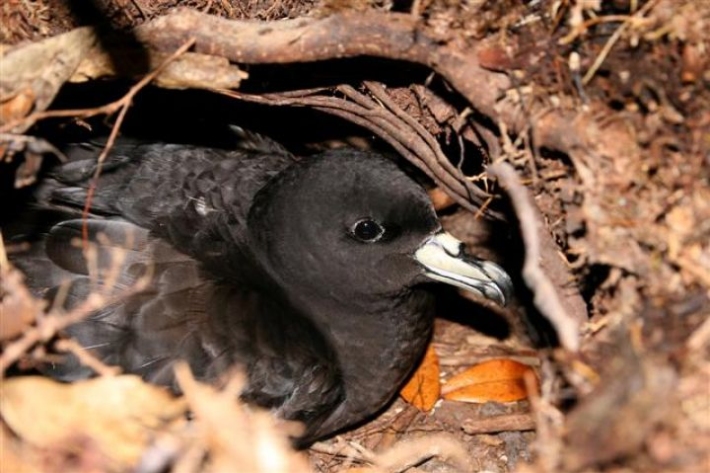-

Data Logger - DAA H-500XL
This telemetry-capable data logger is designed for remote operation and used extensively in NIWA's national hydrometric network of water level monitoring stations. -

Weather Transmitter - Vaisala WXT536
This Weather Transmitter is a compact and lightweight multi-sensor instrument that measures the six most essential weather parameters and has no moving parts. -

RH/Temperature Probe - Vaisala HMP60
This miniature transmitter measures humidity from 0 to 100% and temperature from -40 to +60 degC. It uses little power, and you can remove its sensor to simplify calibration. -

RH/Temperature Probe - Vaisala HMP155
For WMO-standard accuracy and stability we use HMP155 probes to measure Relative Humidity and air temperature in our Electronic Weather Stations. -

Black petrel & commercial fisheries
Research ProjectBlack petrels are relatively few in number and are sometimes caught on fishing lines and in nets. The effect of fishing-related deaths on the population is unknown.
